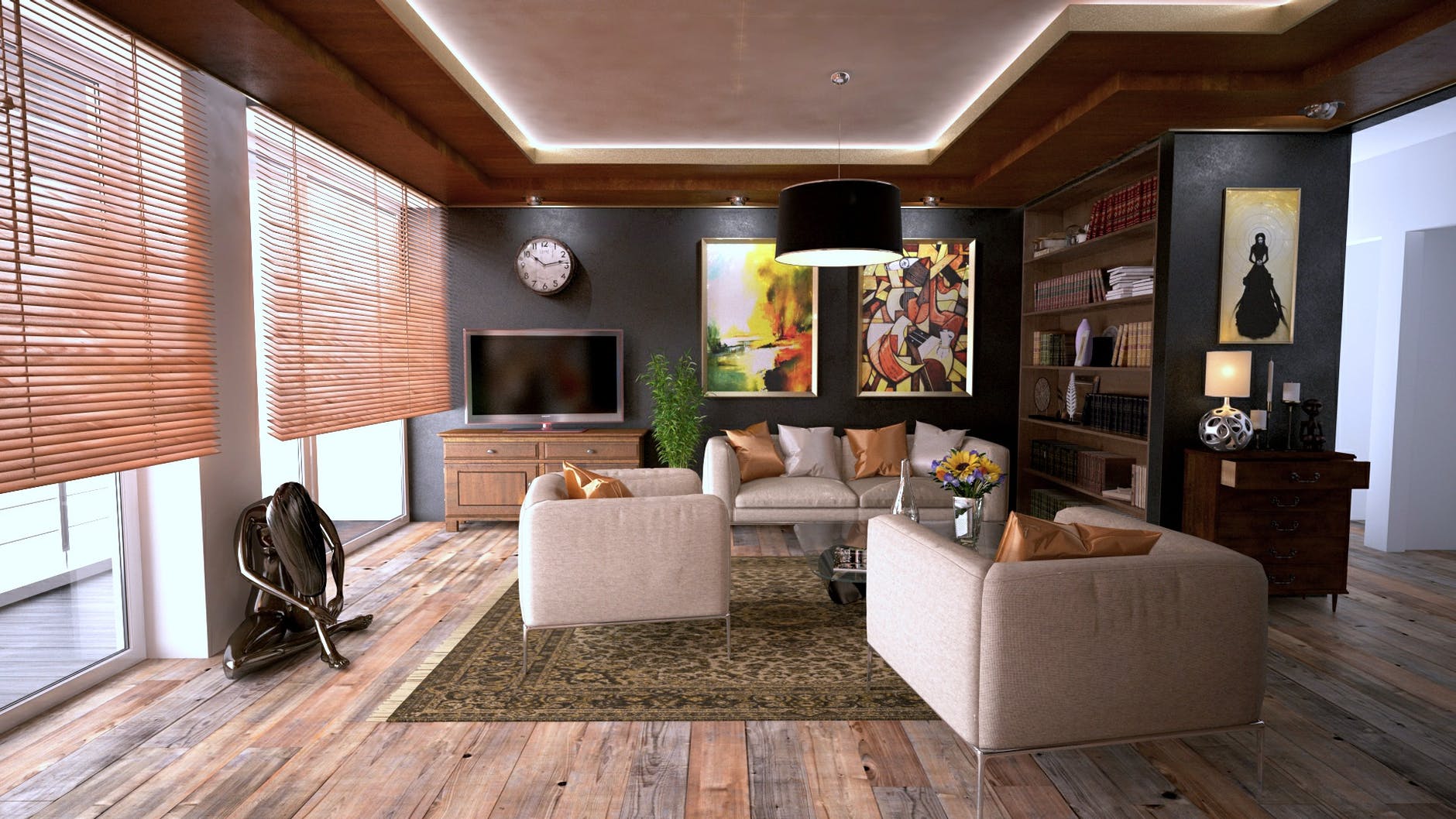 Staging a home isn't an exact science — it's more of an art, one that covers several rooms and flows throughout a home. The goal is to create a warm, welcoming space that will resonate with buyers. Here are the biggest mistakes you can make when staging your house for sale.
Staging a home isn't an exact science — it's more of an art, one that covers several rooms and flows throughout a home. The goal is to create a warm, welcoming space that will resonate with buyers. Here are the biggest mistakes you can make when staging your house for sale.
An unstaged room: Unless you’re in a very strong seller’s market, you should consider light staging.
Wall-to-wall furniture: Most of our homes contain too many items for staging to work well.
Closets stuffed full of items: Hiding stuff instead of eliminating it won’t work when buyers peek inside closets.
Cluttered surfaces: Give your home the best chance of hooking a buyer by clearing surfaces of clutter.
Closed doors: Closed doors can give buyers a sense that you’re hiding something (and they’re just going to open them, anyway).
Shabby carpet: Tired carpeting and peeling linoleum aren’t a good look in any home.
Toys and books in the corner: How many is “too many” books or toys? You need to eliminate as much as you can.
An (almost empty) staged room: Too little furniture is almost as bad as too much; a nearly empty room will look strange.
Water stains on a wall corner: Ignoring critical improvements is just as bad as not staging at all.
Patchy paint: Sprucing up your paint is easy and makes the room look pulled together; failing to do that is a mistake.
Furniture too small for the room: You don’t have to fit your home’s scale exactly, but too-big or too-small items will make your rooms look off.
Minimal/modernist décor: Clean, minimalist lines are all the rage, but these styles aren’t the most homelike.
One aesthetic everywhere: Buyers who walk through might think this looks lovely, but they won’t see themselves living in it.
Narrow, neutral color palettes: In rooms where everything is one color, nothing really stands out.
A staged room
Fake flowers: They’re easier to keep “alive,” but fake flowers and plants can make a house feel, well, fake.
Family pictures on the wall: Buyers won’t be able to see themselves in a house full of your personal items.
Collectible artwork: Museum showpieces can alienate buyers; best leave the collectible artwork stored away.
Bare floors: Carpets or rugs can help provide structure and flow to rooms; forgetting them can make rooms feel adrift in a sea of house.
Trying too hard: Over-staging makes sellers feel like they’re in a movie, not a real house.
A staged room
Cat litter box in the corner: Focusing only on sight means you’ll miss other ways that buyers are put off your house.
Gorgeous picture window — with bookshelf in front of it: Don’t block views or architectural features with your furniture.
Home exterior
Patchy lawn: Don’t ignore curb appeal — your buyers sure won’t.
Empty flower pots: When you miss an opportunity to add plants or flowers, you’re missing out on the chance for your house to feel vibrant and alive.


